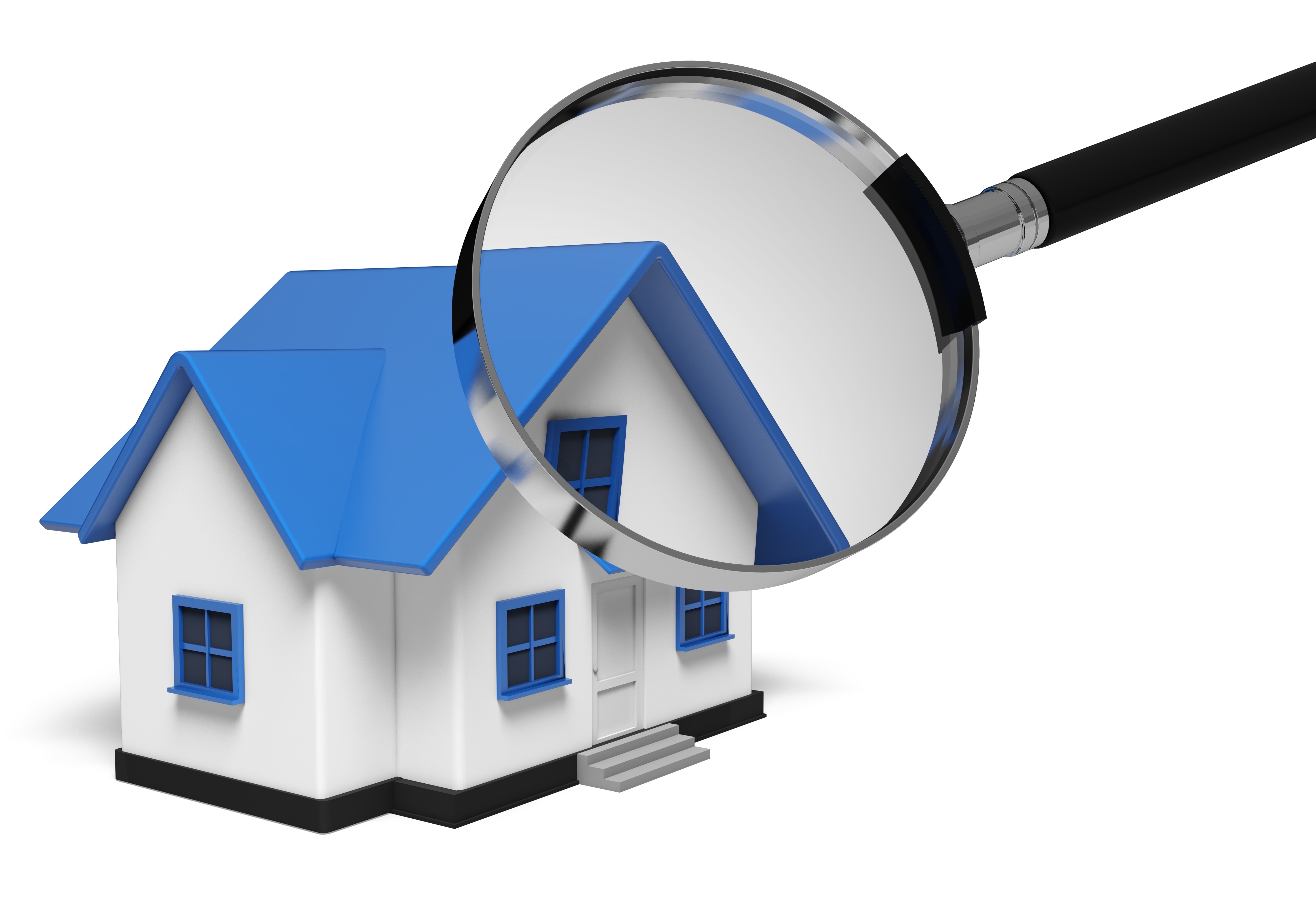
What Are the Parts of an Appraisal?Getting real estate can be the most serious transaction some of us may ever encounter. It doesn't matter if where you raise your family, a second vacation home or one of many rentals, purchasing real property is a complex transaction that requires multiple parties to make it all happen. The majority of the parties participating are very familiar. The real estate agent is the most recognizable entity in the transaction. Next, the mortgage company provides the financial capital required to bankroll the deal. And ensuring all aspects of the sale are completed and that a clear title passes to the buyer from the seller is the title company. So, who's responsible for making sure the real estate is worth the amount being paid? This is where you meet the appraiser. We provide an unbiased opinion of what a buyer might expect to pay — or a seller receive — for a property, where both buyer and seller are informed parties. A licensed, certified, professional appraiser from J. W. Enterprises will ensure, you as an interested party, are informed. Appraisals begin with the home inspectionTo ascertain the true status of the property, it's our duty to first conduct a thorough inspection. We must see features hands on, such as the number of bedrooms and bathrooms, the location, amenities, etc., to ensure they really are present and are in the condition a typical person would expect them to be. The inspection often includes a sketch of the floorplan, ensuring the square footage is proper and conveying the layout of the property. Most importantly, the appraiser looks for any obvious amenities - or defects - that would have an impact on the value of the house. Once the site has been inspected, we use two or three approaches to determining the value of the property: a sales comparison, a replacement cost calculation, and an income approach when rental properties are prevalent. 
Replacement CostThis is where we pull information on local building costs, the cost of labor and other elements to derive how much it would cost to construct a property nearly identical to the one being appraised. This figure commonly sets the maximum on what a property would sell for. The cost approach is also the least used predictor of value. 
Paired Sales AnalysisAppraisers get to know the subdivisions in which they appraise. They innately understand the value of specific features to the residents of that area. Then, the appraiser researches recent transactions in the area and finds properties which are 'comparable' to the real estate at hand. Using knowledge of the value of certain items such as remodeled rooms, types of flooring, energy efficient items, patios and porches, or additional storage space, we adjust the comparable properties so that they more accurately match the features of subject.
An opinion of what the subject could sell for can only be determined once all differences between the comps and the subject have been evaluated. When it comes to valuing features of homes in Sumrall and Lamar, J. W. Enterprises can't be beat. The sales comparison approach to value is typically given the most consideration when an appraisal is for a real estate purchase. Valuation Using the Income ApproachA third way of valuing real estate is sometimes employed when an area has a measurable number of renter occupied properties. In this scenario, the amount of revenue the real estate generates is factored in with other rents in the area for comparable properties to derive the current value. The Bottom LineExamining the data from all approaches, the appraiser is then ready to put down an estimated market value for the property at hand. It is important to note that while the appraised value is probably the strongest indication of what a property is worth, it may not be the final sales price. Depending on the individual circumstances of the buyer or seller, their level of urgency or a buyer's desire for that exact property, the closing price of a home can always be driven up or down.But the appraised value is often employed as a guideline for lenders who don't want to loan a buyer more money than they could recover in case they had to sell the property again. It all comes down to this, an appraiser from J. W. Enterprises will help you attain the most fair and balanced property value, so you can make the most informed real estate decisions. |